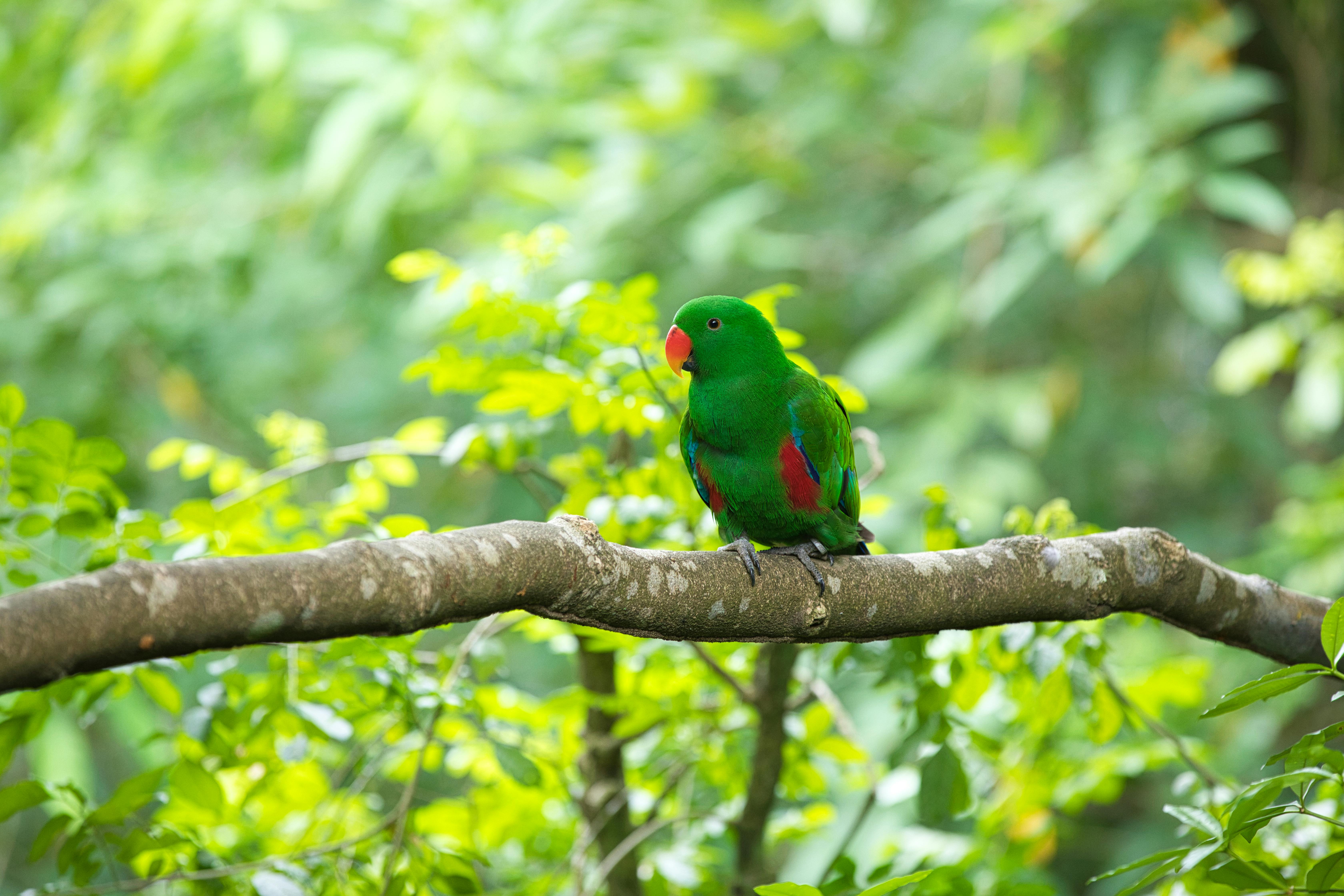Effective Ways to Understand Wild Hamsters: Explore Their Natural Habitat in 2025
Understanding wild hamsters and their natural habitats provides insight into these fascinating creatures' lives, behaviors, and survival strategies. In 2025, as we continue to explore hamster habitats, it's essential to recognize the differences between domesticated hamsters and their wild counterparts. This article delves into the habitat of wild hamsters, their foraging behavior, social interactions, and the impact of environmental changes on their populations.
Hamsters serve as a vital part of the ecosystem, influencing their environment through burrowing and foraging. With their nocturnal lifestyle and social dynamics, wild hamsters display behavior that is not only intriguing but crucial for understanding animal welfare and conservation. In this guide, we will discuss hamster habitats, diet, social behaviors, and the challenges they face, offering key takeaways on hamster conservation and understanding them in the wild.

Discovering Natural Habitats of Wild Hamsters
Wild hamsters are found in diverse habitats ranging from European grasslands to desert environments. Each hamster species has adapted to its specific environment, impacting its foraging and burrowing behaviors.
Types of Hamster Habitats
Different species of hamsters thrive in distinct habitats, such as the European hamster that prefers farmland and grasslands, while desert hamsters inhabit arid regions. Understanding these habitats helps reveal how environmental factors affect their life cycle and population dynamics.
Burrowing Habits of Wild Hamsters
Burrowing is a fundamental behavior for wild hamsters that provides protection from predators and harsh weather. They create complex tunnel systems, which help regulate temperature and serve as storage for food sources during periods of scarcity.
Hamster Diet in the Wild
Wild hamsters primarily feed on seeds, nuts, and tubers, showcasing their role as foragers within their ecosystems. Their diet firmly connects them with the health of their habitat, highlighting the importance of maintaining balanced ecosystems.
Impact of Habitat Loss on Wild Hamsters
Human activity has led to significant habitat loss for wild hamsters. This poses a threat to their survival, as it disrupts their foraging and breeding practices, leading to decreases in populations. Conservation efforts are vital to protect their environments.
Wild Hamster Adaptations for Survival
Wild hamsters have developed various adaptations to survive harsh conditions, such as nocturnal behaviors that help them avoid predators and high temperatures in desert areas. These survival strategies play a crucial role in their daily lives.
Understanding Social Behavior of Hamsters
Social behaviors significantly impact wild hamster communities, influencing their mating, foraging partnerships, and colony structures.
Social Hierarchy in Hamster Colonies
In the wild, hamsters often establish a social hierarchy that governs their interactions. Understanding these dynamics can shed light on how they make decisions regarding territory and resource allocation.
Hamster Breeding Practices in Nature
Breeding practices among wild hamsters are influenced by environmental factors such as food availability and habitat stability. Seasonality affects their reproductive cycles, which can lead to fluctuations in population sizes.
Analyzing Hamster Communication Signals
Wild hamsters communicate through various vocalizations and body language. Understanding these signals is critical for observing their social dynamics and interactions with other species.
Impact of Predators on Hamster Behavior
Predation plays a significant role in shaping behaviors in wild hamsters. They have developed various avoidance strategies to escape from predators, which influence their daily routines and habitat choices.
Research on Wild Hamster Populations
Studies on wild hamster populations offer valuable insights into their life cycles, behavioral patterns, and ecological roles. By monitoring populations, researchers can assess the impact of environmental changes and make informed conservation decisions.

The Role of Hamsters in Their Ecosystem
Hamsters play a critical role in maintaining ecological balance in their natural habitats. By foraging and burrowing, they affect soil composition and provide food for numerous other species.
Food Sources for Other Animals
As foragers, hamsters serve as a food source for many predators. Understanding their position in the food web highlights the interconnectedness of wildlife within their habitats.
Impact of Human Activity on Ecosystems
Habitat fragmentation and loss due to human activities threaten hamster populations, impacting their ecological roles. Implementing conservation strategies is essential for maintaining biodiversity.
Breeding Cycles and Population Dynamics
Research into breeding cycles and population dynamics provides insight into hamster survival strategies amid environmental challenges. This understanding helps inform conservation efforts focused on protecting hamster species.
Community Conservation Efforts
Community engagement and education in hamster conservation foster awareness and encourage responsible pet ownership. By promoting understanding about wild hamsters, we can support their preservation and protection.
Long-term Conservation Strategies for Hamsters
Implementing long-term strategies to preserve hamster habitats is vital for sustaining population numbers. Conservation planners are encouraged to focus on habitat restoration and protection to support wild hamster colonies.
Practical Observations on Wild Hamsters
Engaging in wildlife observation offers valuable lessons about hamster behavior, social structures, and habitat needs. By documenting observations, wildlife enthusiasts contribute to the understanding of these small mammals.
Effective Wildlife Observation Techniques
Utilizing proper observation techniques ensures minimal disturbance to wild hamsters while gathering essential data. Knowledge of their habits enhances the chances of successful sightings and understanding of their behaviors.
Environmental Education and Wildlife Interaction
Participating in educational programs about wild hamsters promotes empathy and understanding. These initiatives encourage more responsible behaviors towards wild and domesticated hamsters alike.
Common Challenges in Observing Wild Hamsters
Wildlife observation can present various challenges such as habitat accessibility and seasonal behaviors. Overcoming these obstacles leads to more meaningful experiences and insights.
Leveraging Technology in Wildlife Tracking
Advancements in tracking technologies provide opportunities for deeper insights into hamster movements and behaviors in their natural habitats, fostering a better understanding of their ecology.
Taking Action for Wild Hamster Conservation
Wild hamster conservation starts at the community level. By joining conservation initiatives or supporting local wildlife organizations, individuals can make a meaningful impact on hamster populations.
Questions and Answers about Wild Hamsters
What do wild hamsters eat?
Wild hamsters primarily forage for seeds, nuts, and various plant materials. Their diets are influenced by seasonal changes, ensuring they obtain the necessary nutrients throughout the year.
How do wild hamsters adapt to their environment?
Wild hamsters have developed numerous adaptations, such as nocturnal behavior, burrowing to avoid predators, and seasonal breeding patterns, allowing them to thrive in diverse habitats.
What threats do wild hamsters face?
Wild hamsters face numerous threats including habitat loss due to urban development, agricultural practices, and changes in climate, which impact their foraging and breeding habits.
How can I help with hamster conservation?
Supporting local wildlife organizations, engaging in habitat restoration, and promoting awareness regarding hamster conservation are great ways to help protect wild hamsters.
What role do hamsters play in their ecosystems?
Hamsters contribute to ecological balance through foraging and burrowing, affecting soil health and serving as prey for larger animals, which maintains the predator-prey relationship within their habitats.
